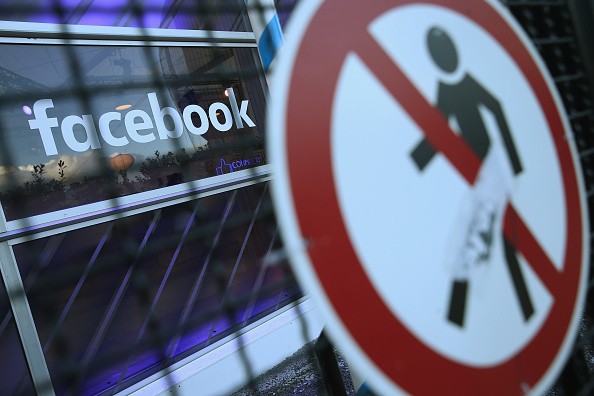Facebook changed its algorithm to promote articles people want to read. When it comes to media, the social network titan regularly changes its ranking algorithm which determines what shows up in the news feed. The change has a huge impact on how people see content produced by publishers.
"We are adding another factor to News Feed ranking so that we will now predict how long you spend looking at an article in the Facebook mobile browser or an Instant Article after you have clicked through from News Feed," Facebook's Software Engineer Moshe Blank and Research Scientist Jie Xu stated via the company's media page on April 21, Thursday. This update to ranking will take into account how likely you are to click on an article and then spend time reading it."
The move is the social network's way of enhancing the News Feed, to ensure that most relevant stories stay at the top. Through its Feed Quality Program, Facebook asked people to rate their daily experience and suggest how the company can improve the service. From this campaign, the firm has learned that people's action on the platform, such as clicking, liking, commenting or sharing a post does not always tell what content is meaningful to the users.
For instance, users may be interested in a content but they do not comment or like it. It can be a sad news from a friend or a serious current event. With this finding, the firm updated News Feed ranking to include the time spent by the user in reading a post in the News Feed.
With the change, Facebook can understand the users better and know which articles might interest them. Then people will likely see more of the stories they might be interested. This could be Facebook's attack on claickbait, the typical social media content which uses a tricky headline to tempt users to click on it, according to Fortune.
In 2014, Facebook had an algorithm that looked at the frequency of clicks on a headline, and found that some users came back to their feed without reading those they have clicked. As expected, publishers who use lots of clickbait techniques to boost Facebook traffic may not like the social network's new change of algorithm.
The video below explains the Facebook Newsfeed algorithm.



























